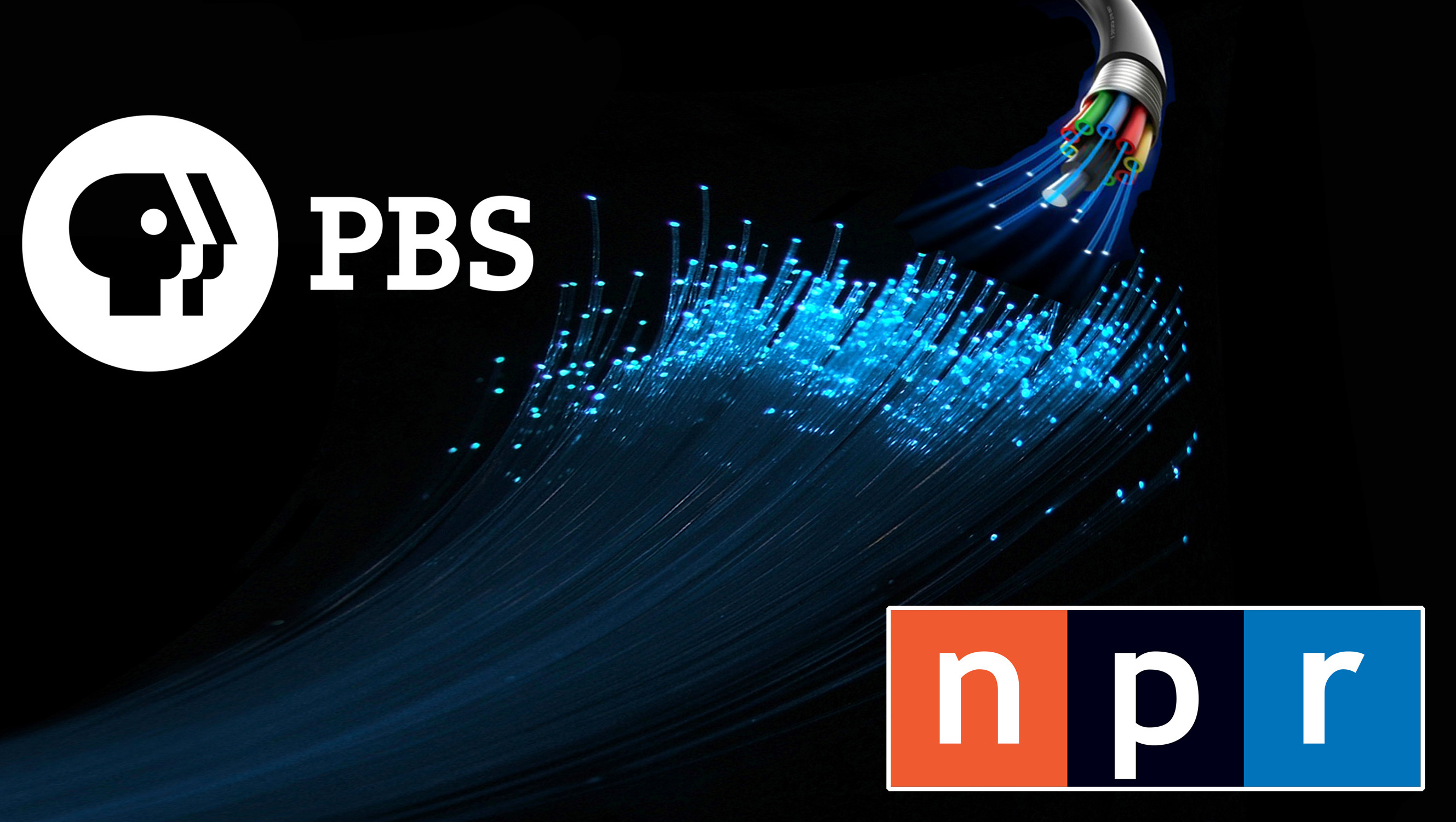Tag: Public Radio Satellite System
Opinion: Why NPR’s dispute with CPB really is about the First Amendment
NPR’s filing against CPB is a critical step in the fight for stations' protections of freedom of speech and association.PRSS rolls out training program that aims to cultivate new generation of public radio engineers
Station leaders are increasingly saying that the lack of qualified engineers in the system is "keeping them up at night."PRSS announces stations in Tornado Alley to receive test-alert funding
The project is backed with $419,000 in grants from CPB.New CPB grant bolsters disaster communications work at stations
NPR will use the $419,000 grant to help up to 30 stations across 10 states.PRSS equips stations with metadata technology for emergency messaging
CPB is giving PRSS $66,000 for the project.NPR distribution wing prepares request for interconnection upgrade
Plans to make the satellite-based network more efficient are expected to top $50 million.NPR board to consider change to transmission fees
If approved, stations will pay based on revenue instead of a flat fee.PRSS will reduce audio levels a year after initial proposed date
What was initially billed as a “temporary” level boost ended up lasting nearly three years.Public Radio Satellite System joins PBS in testing IP-based interconnection
PBS is moving ahead with plans to return most of its distribution to ground level via a new fiber-based system that promises ...PRSS delays fix for audio levels
The Public Radio Satellite System has pushed back its plan to change the level at which it provides audio to member stations.Fix to pubradio’s loudness problem rolls out to stations
Sssshhh . . . the sound of public radio is about to get a little quieter. But if all goes according to ...Public Radio Satellite System adopts new standard for audio levels
The Public Radio Satellite System adopted standards Thursday intended to normalize audio levels among the programs it distributes to stations. PRSS adopted an ...Working group nears standard for audio levels in PRSS content
Members of an NPR working group aiming to standardize levels of audio content delivered via the Public Radio Satellite System believe they ...Engineers seek solution to varied volume of satellite-fed programs
A recent NPR study confirmed that what many have surmised for years is true: Public radio shows sent through the Public Radio Satellite ...Full speed ahead for Public Media Platform
After two-plus years of planning and prototyping a shared hub providing easy access to digital content from across public media, partners in ...





